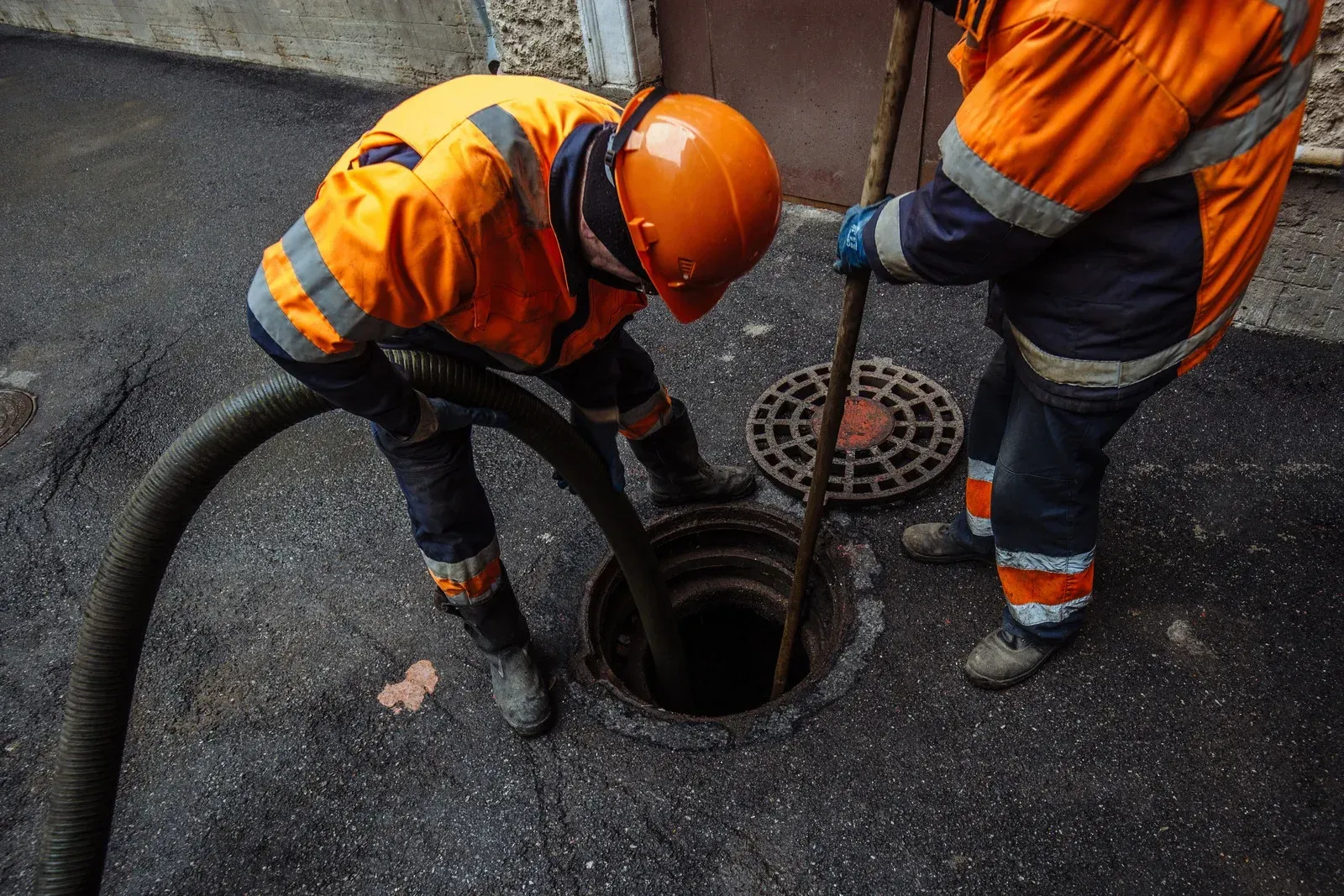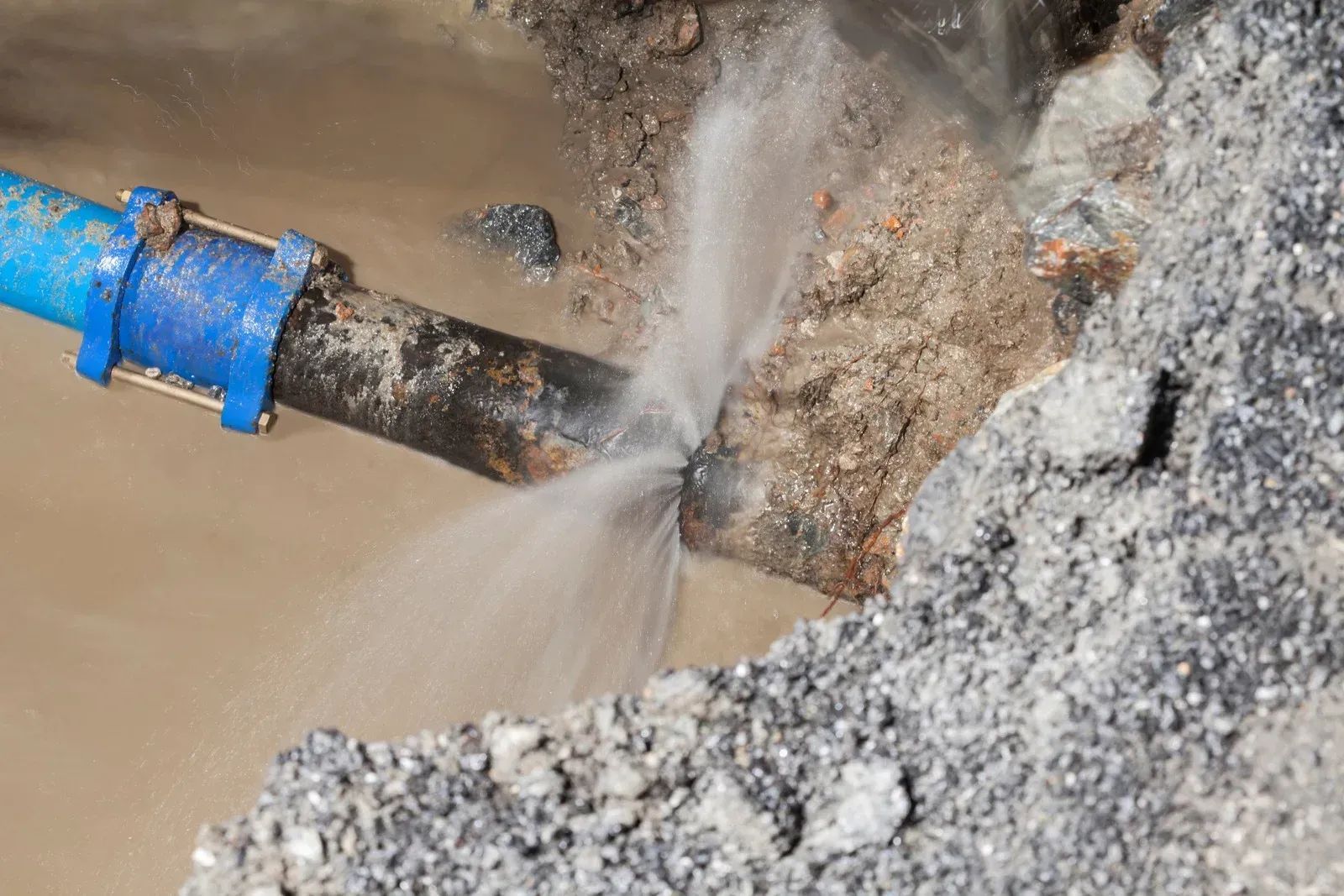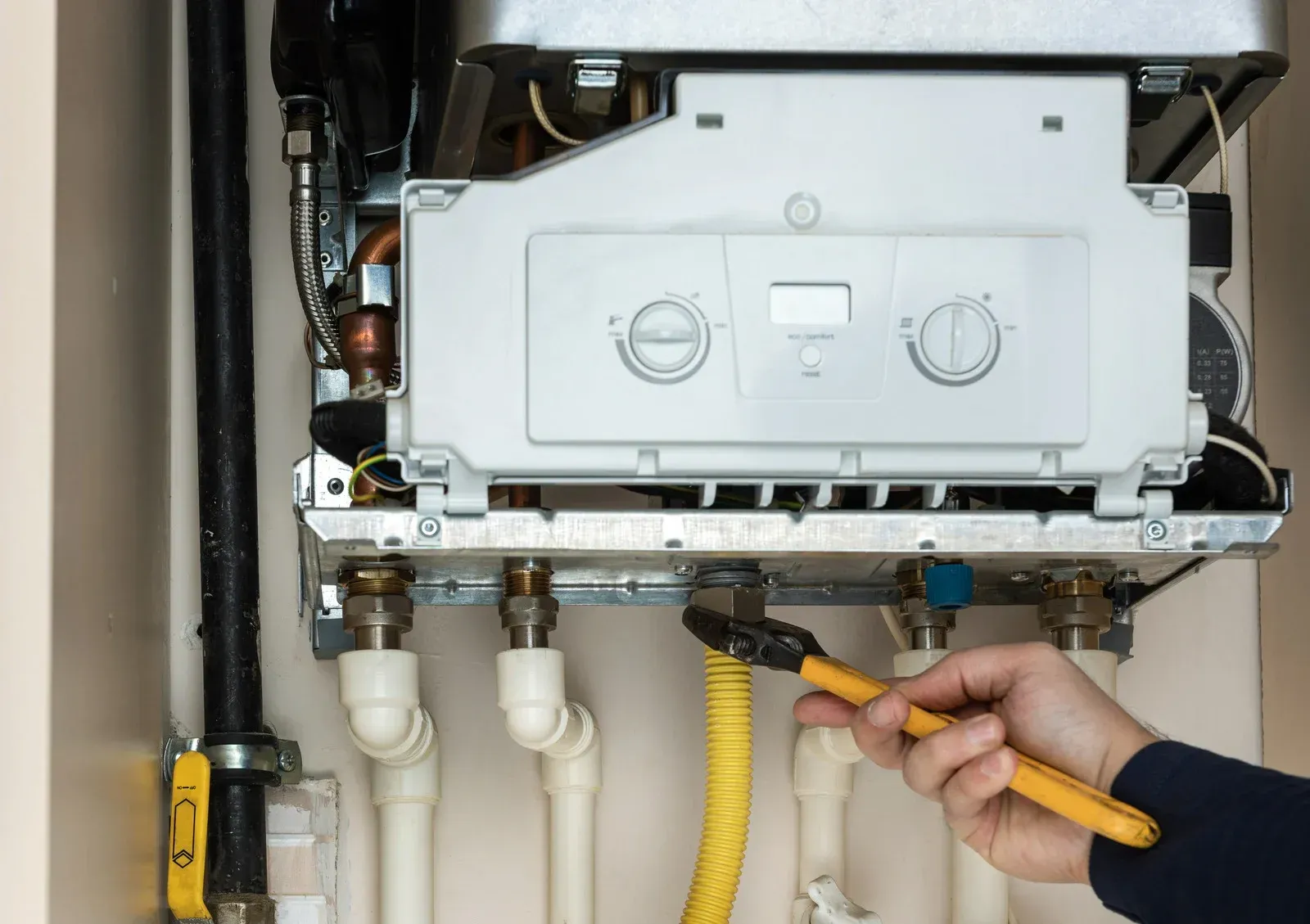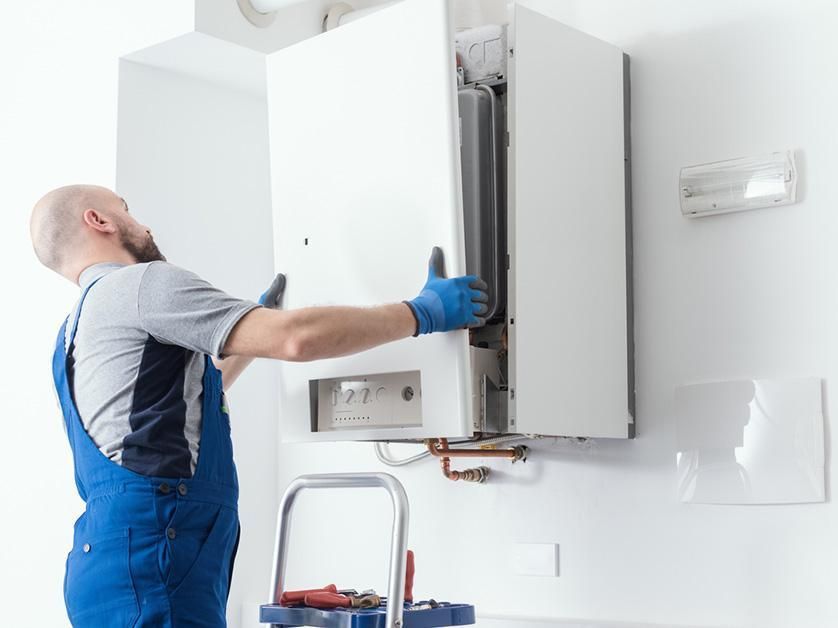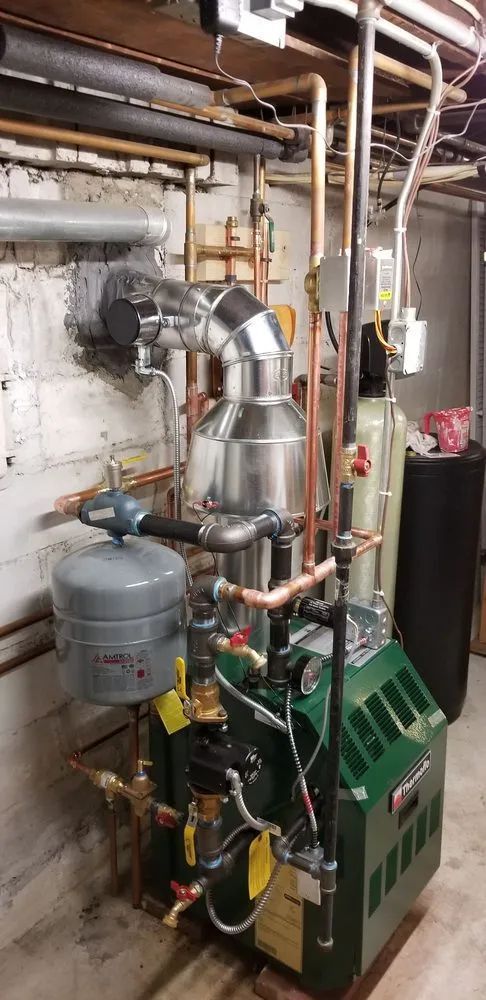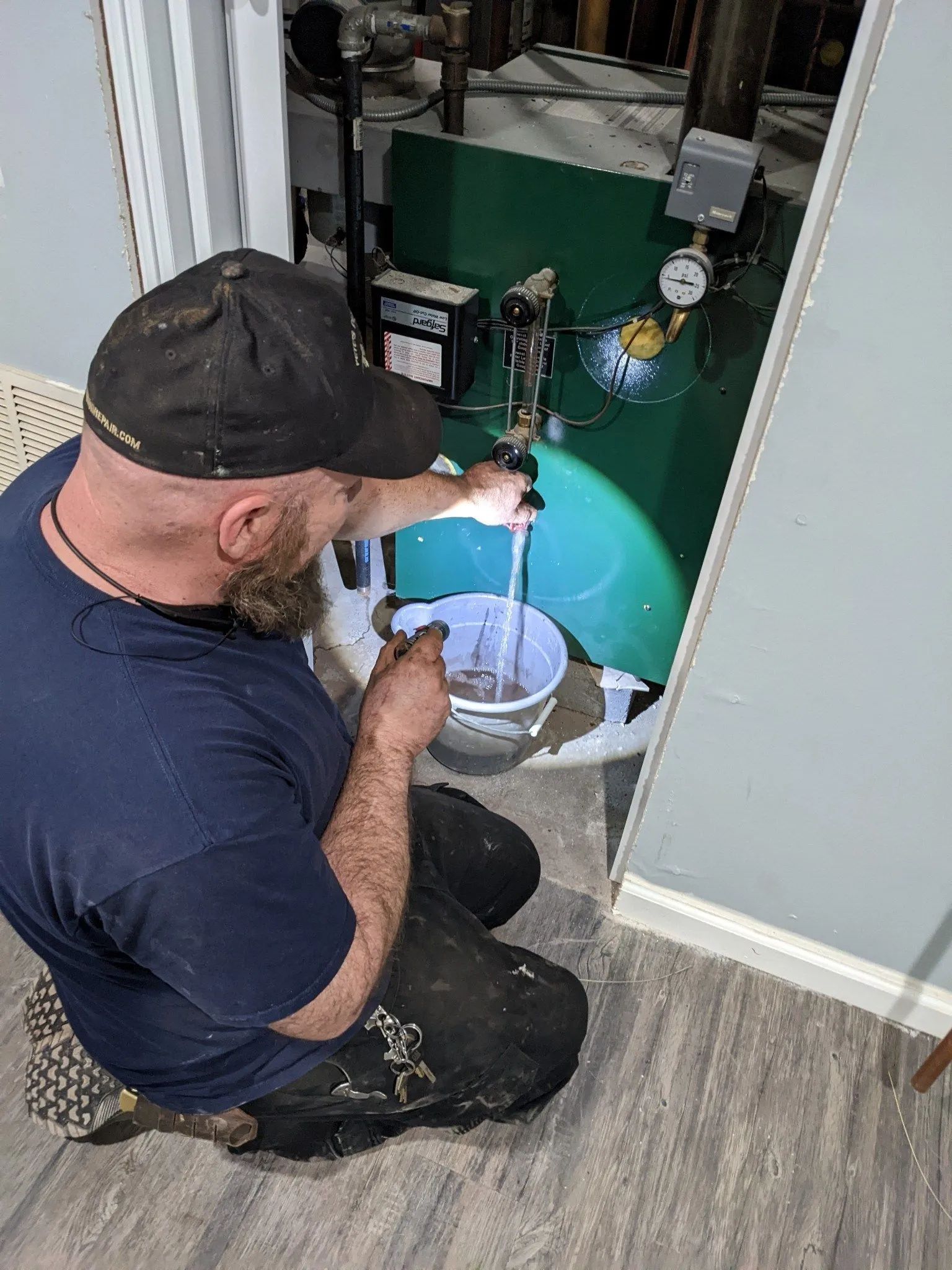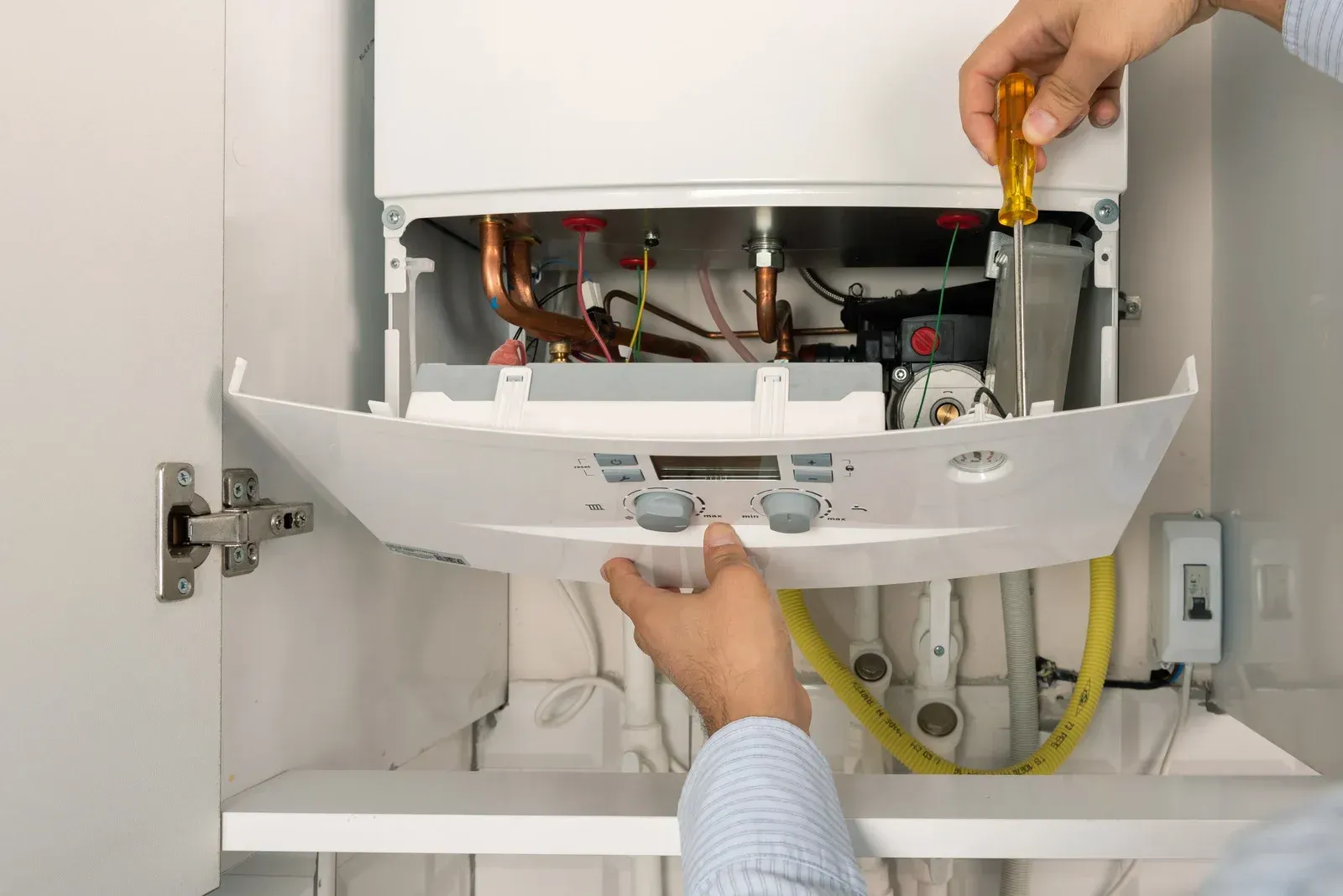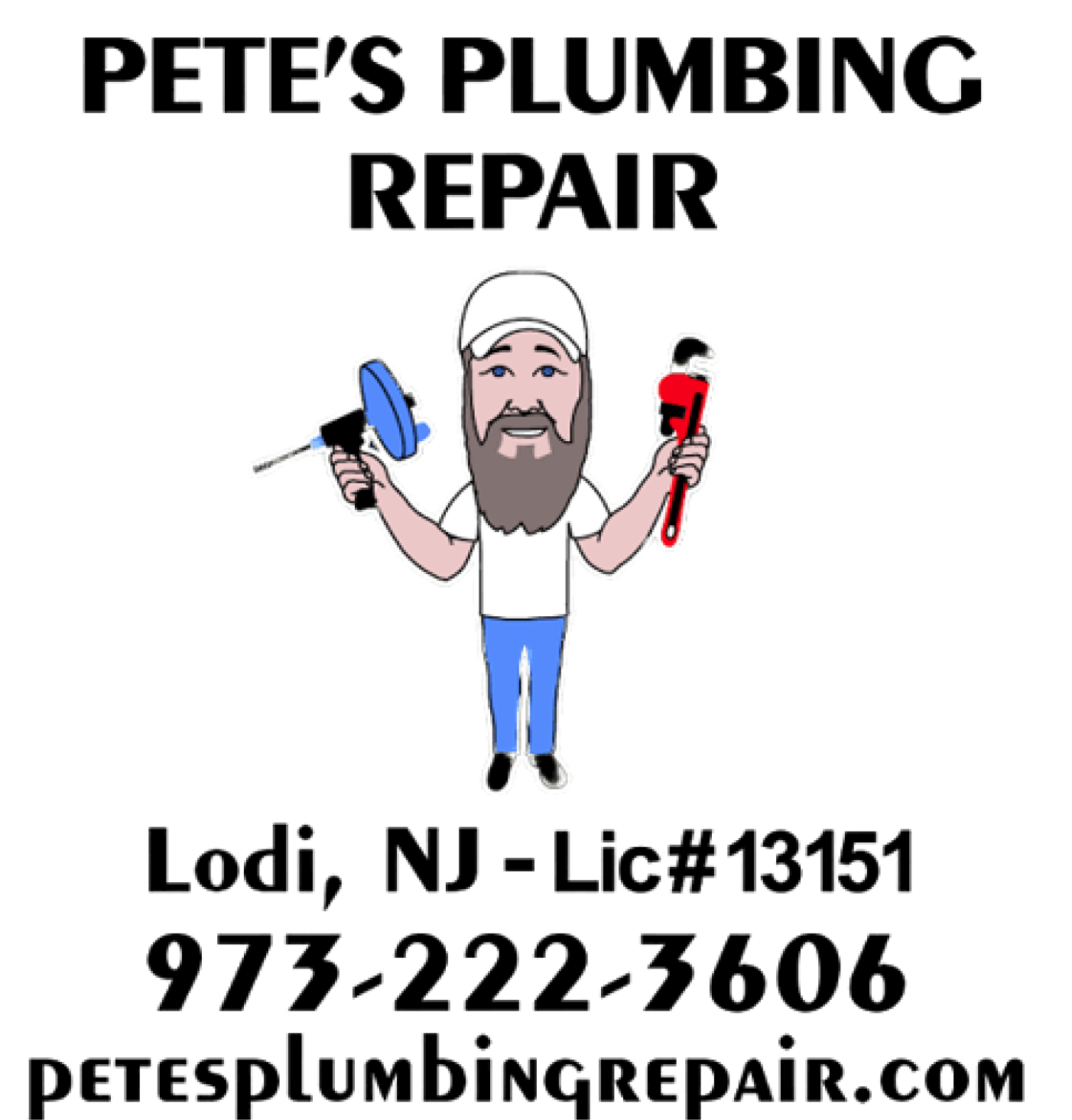Expert Solutions for Common Plumbing Problems
Plumbing issues are inevitable in household maintenance, often striking when least expected. From the constant drip of a leaky faucet to the frustration of a clogged toilet, these problems can disrupt daily life and, if left unaddressed, lead to costly repairs. Understanding the root causes and how to address them promptly can save time and money. This blog will equip homeowners with expert solutions for tackling the most common plumbing issues.
1. Dripping Faucets
Dripping faucets is annoying and can lead to significant water waste and increased bills.
- Fix: The issue is often a worn-out washer or O-ring within the faucet assembly. This can be replaced by turning off the water supply, disassembling the faucet, and replacing the damaged part.
- Prevention: Regularly check and tighten faucet components. Lubricating moving parts and replacing parts showing signs of wear can prolong faucet life.
2. Slow Draining Sink
A slow-draining sink is usually caused by a blockage that restricts water flow.
- Fix: Using a plunger or a plumber's snake can effectively dislodge blockages. A mixture of baking soda and vinegar, followed by hot water, can help clear minor clogs for DIY solutions.
- Prevention: Install a sink strainer to catch hair and food particles. Avoid disposing of oil, grease, and certain food remnants in the sink, as they can solidify and cause blockages.
3. Clogged Toilets
Toilet clogs are common and can be quite distressing.
- Fix: A plunger is typically effective for minor clogs. For more stubborn clogs, a toilet auger (or closet auger) can reach deeper into the drain.
- Prevention: Only flush toilet paper and human waste. Avoid flushing heavy paper products, sanitary items, or other non-degradable materials.
4. Leaky Pipes
Leaky pipes can cause significant damage if not addressed promptly.
- Fix: Leak tape or a compound stick can be applied for a temporary fix. Replacing the pipe's damaged section is necessary for a long-term solution. This might involve cutting out the affected section and installing a new pipe with couplings.
- Prevention: Regularly inspect pipes for signs of corrosion or wear. Insulating pipes can prevent freezing and subsequent bursting in cold weather. Monitoring water pressure is also essential as excessively high pressure can stress the pipes.
5. Low Water Pressure
Low water pressure can make showering and washing challenging.
- Fix: Cleaning aerators or showerheads can remove mineral buildup, a common cause of low pressure. Checking for leaks in pipes is also essential as these can lead to a drop in pressure.
- Prevention: Installing water softeners in areas with hard water can reduce mineral buildup. Regularly inspecting and cleaning aerators and showerheads can also prevent this issue.
6. Running Toilet
A constantly running toilet can waste significant water, leading to high water bills.
- Fix: Often, the issue lies with the float mechanism, the flapper valve, or the fill tube. Adjusting or replacing these parts can stop the continuous flow of water.
- Prevention: Regular maintenance checks of the toilet's internal mechanisms can prevent this problem. Checking for worn-out parts and ensuring the float is set at the correct level are key preventive measures.
Understanding these common plumbing issues and their solutions empowers homeowners to take proactive steps in maintaining their plumbing systems. Regular maintenance and timely repairs can prevent most plumbing problems and extend the life of your plumbing fixtures. However, some problems can be complex or deep-rooted, requiring professional intervention. If you're unsure about a particular issue or if the problem persists despite your efforts, it's best to call a professional plumber. With the right approach, you can keep your plumbing system running smoothly for years to come, avoiding the inconvenience and costs of major repairs.

